donning a standard scarf, Alyonka's piercing blue eyes have enthralled individuals for a long time. She's no longer a famous movie superstar, however somewhat, she's the girlish face that adorns the packaging of the most noted Russian chocolate, one of the crucial usual souvenirs that overseas guests take home. more than half a century in the past, this candy deal with turned into first created at the Krasny Oktyabr (pink October) Chocolate manufacturing facility, which become situated in 1849 by means of German-born Ferdinand Theodor von Einem.
paradoxically, the chocolate that grew to be one in every of Russia's most identified brands turned into initially produced in a manufacturing unit centered via a German immigrant who got here to Russia at 25 years historical, filled with hopes and goals. In 1849, this adventurous man already became the chocolate organisation to the Imperial household, and obtained the highest popularity of his difficult work.
So, he all started his personal mass-construction business, opened his first chocolate manufacturing facility on Myasnitskaya highway in the metropolis core, producing candy delights of the best quality that up to now have been handiest imported to Russia from Europe. In 1851, the younger entrepreneur opened his first small shop on Arbat highway. Einem sweets begun to gain popularity in Moscow.
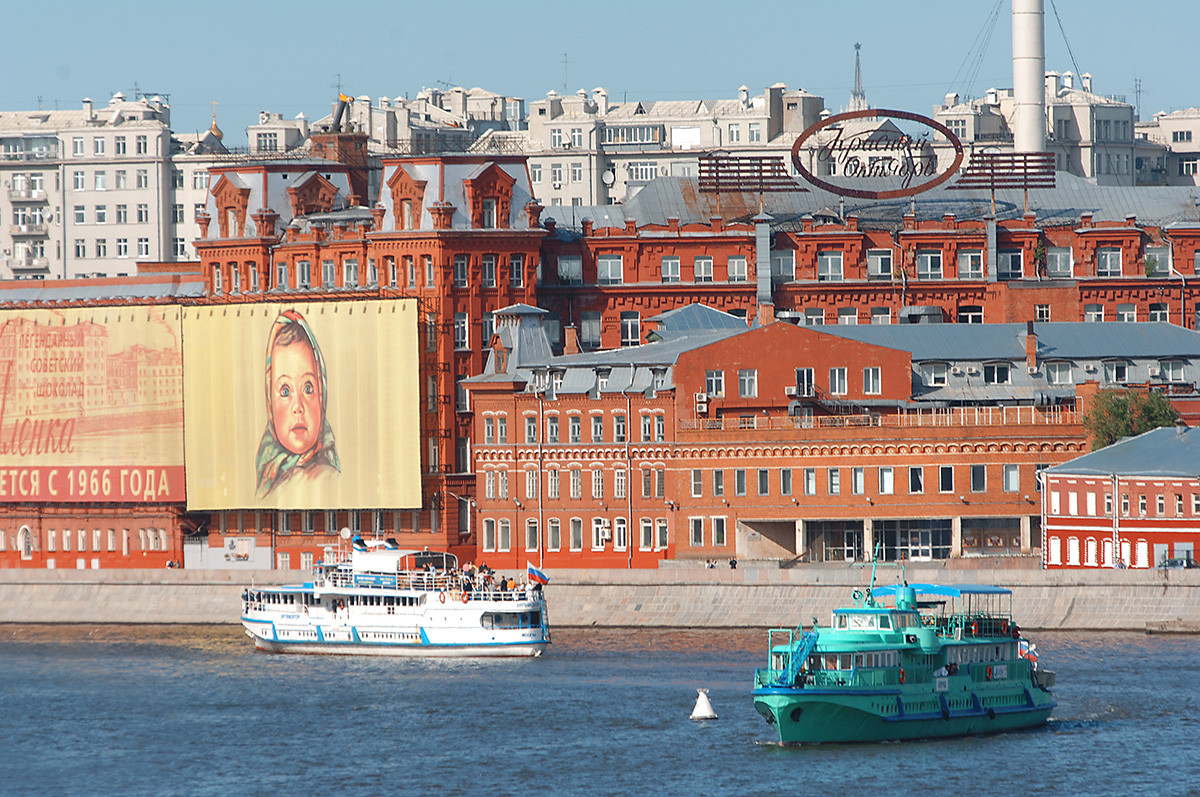
View of the Krasny Oktyabr confectionery.
Vladimir Vyatkin/SputnikLater, he headquartered a business with his companion and compatriot, Julius Geis, and collectively they opened their first chocolate creation plant on Sofiyskaya Embankment. In 1876, Einem died in Germany, but in response to his ultimate will and testomony, he turned into buried in Russia. Geis took over administration of the manufacturing unit, however decided no longer to alternate its name seeing that it had already become widely used and respected.
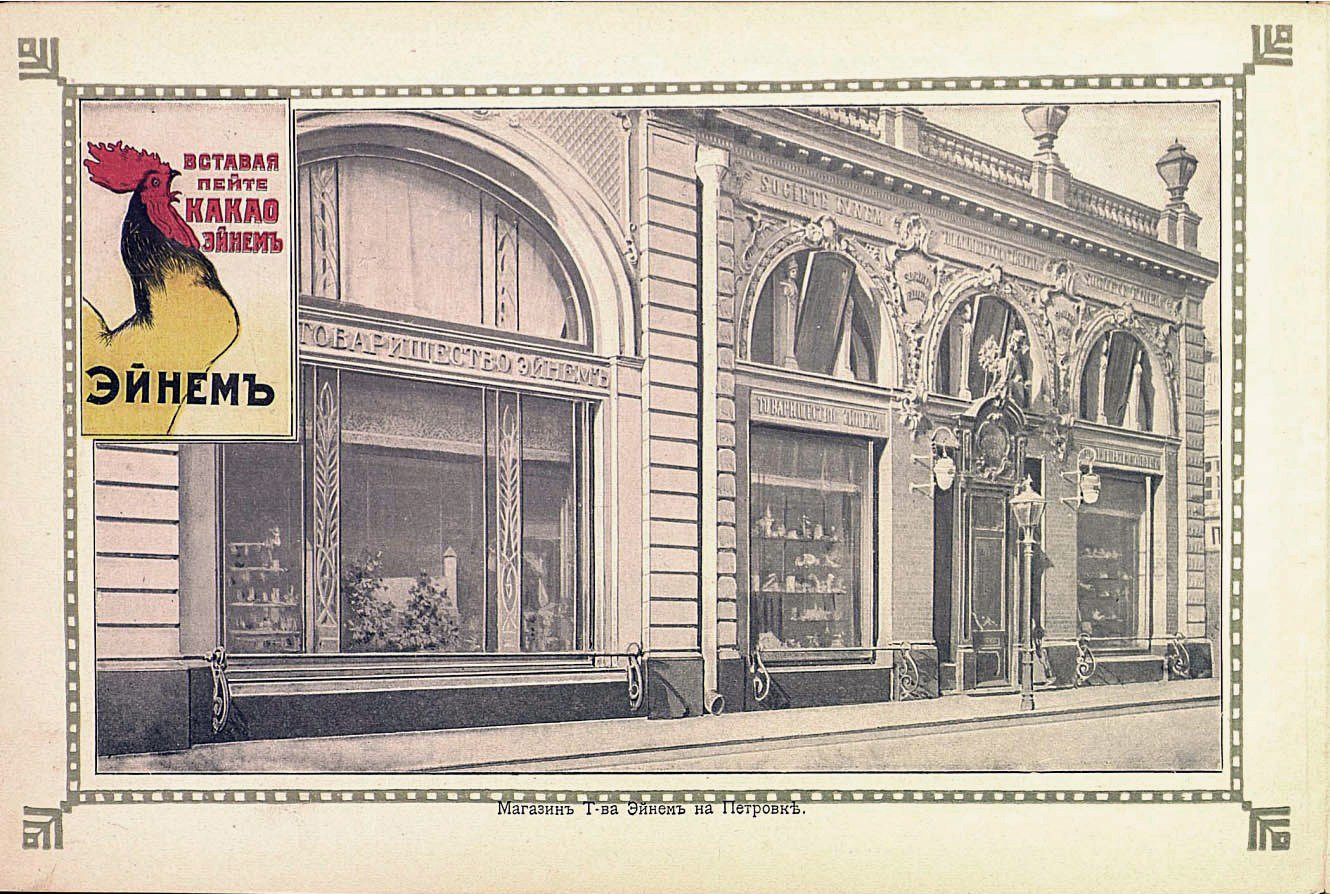
Einem store on Pokrovka street.
Archive pictureIn 1889, Geis purchased land on Bersenevskaya Embankment to be able to establish a huge 23-constructing manufacturing facility. The company stayed during this huge purple brick complicated unless 2007 when the factory become relocated. It was in all probability essentially the most recognizable enterprise in the Moscow middle, close to the Kremlin.
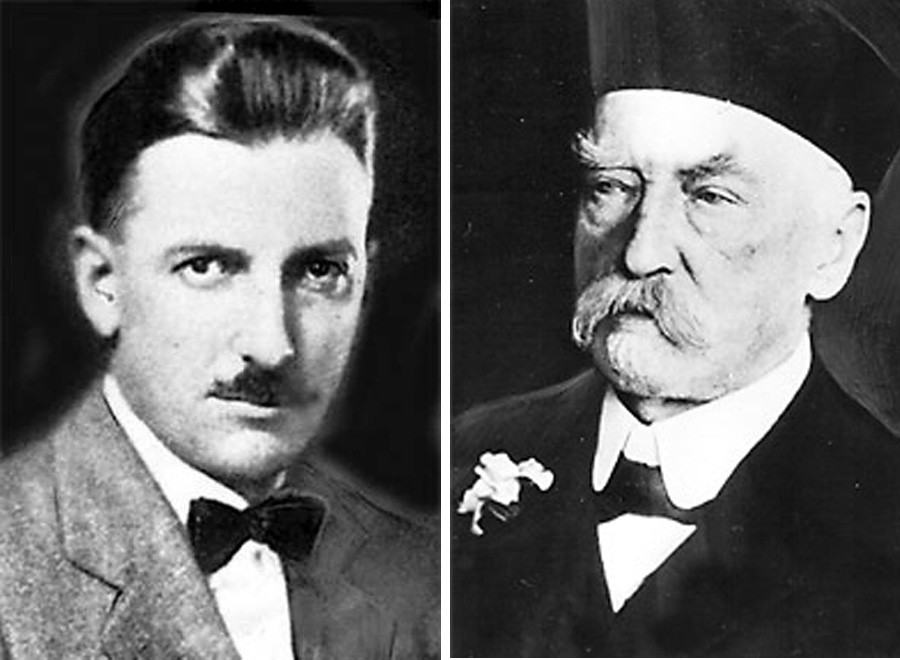
Ferdinand Theodor von Einem and Julius Geis
Krasny OktyabrThe Einem Chocolate manufacturing unit grew to be the Imperial courtroom organisation in 1913, establishing branches and stores in Simferopol, Riga and Nizhny Novgorod, in addition to incomes prestigious country wide and foreign prizes for its fine and assortment. probably the most factors for the company's success become its inventive advertising approach.
Futurist advertising and marketingbelieve it or now not, however in an period when advertising did not even exist Einem's company took severely no longer handiest the nice of chocolate (the degree become so high that it might compete with sweets from Belgium, Holland or France), however additionally the chocolate's manufacturer, which required a very elaborate advertising approach to create a selected ambiance within the retail outlets, as well as intriguing legends.
special music changed into composed by Karl Feldman for the enterprise's stores that covered inventive dedications to chocolate products: buyers had the opportunity to buy musical notes for the Waltz-Montpensier, Cupcake Gallop or Cocoa Dance, which have been played in the store by way of educated specialists.
special attention become paid to product packaging, which had to be fascinating and vivid, commonly made with peculiar materials: boxes have been covered with velvet, silk or leather-based. probably the most trendy artists of the time, comparable to Vrubel, Bakst or Benoit had been inspired to create illustrations for the items on sale.
Creativity flourished as quickly as one opened the container: a series of collection cards showed futuristic Moscow, paintings of Russian artists, countrywide costumes, birds or butterflies continually awaited the shocked candy-lover. by using collecting a certain variety of playing cards, patrons had the correct to a free field.
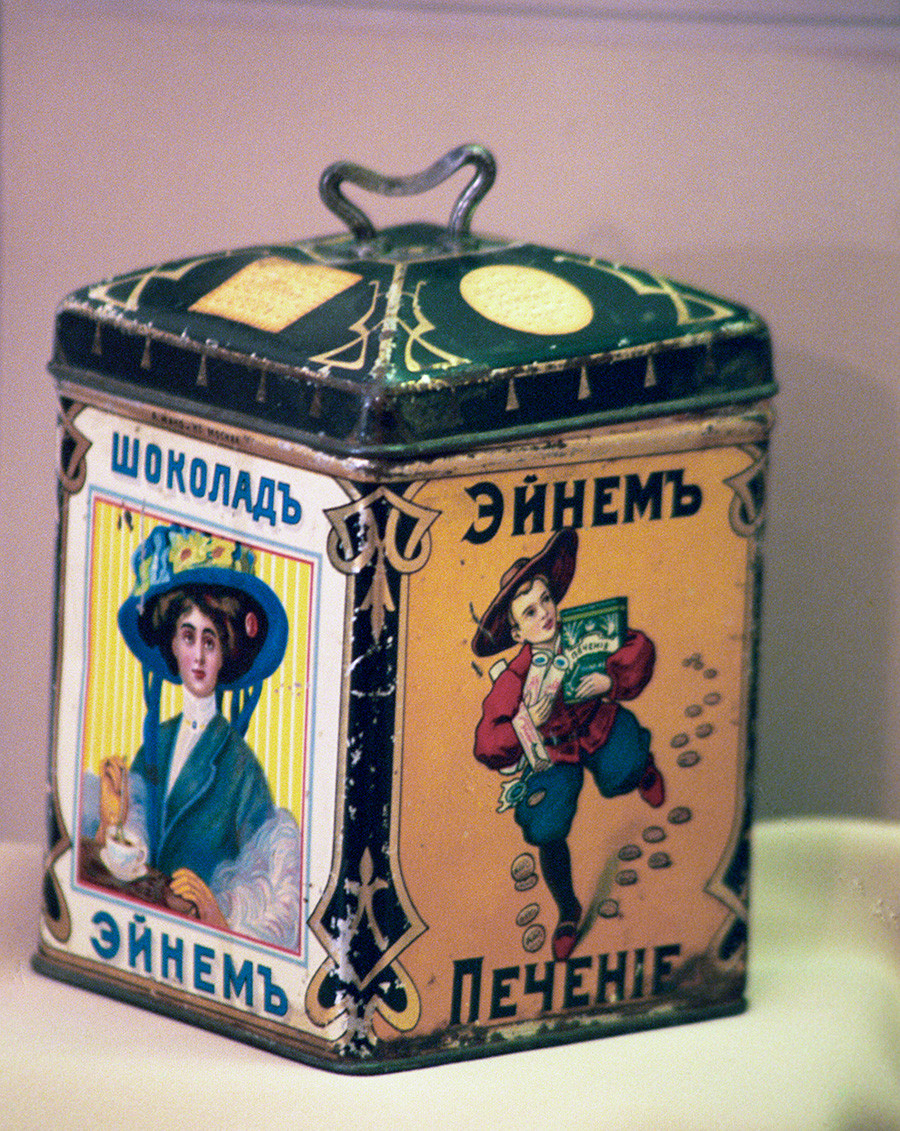
The State historical past Museum. The exhibition "Krasny Oktyabr" dedicated to the a hundred and fiftieth anniversary of the oldest confectionary plant which changed into known as "Einem" earlier than the revolution of 1917. field in which sweets and biscuit made via "Einem" had been offered.
Dmitry Korobeinikov/SputnikA technical wonder of the time – flying airships - conquered the skies over Russian cities with an invitation to purchase Einem chocolate onboard. in an effort to entice patrons who had been involved about repute, various kinds of sweets got unique names akin to "Boyarsky", "Empire", or "Mignon".
a further advertising innovation became company-identify chocolate merchandising machines that bought products. Small chocolate bars may be purchased by way of inserting a ten-kopeck coin into an computerized desktop and relocating the lever. They grew to become very well-known, creating an endless temptation for infants.
high salaries and worker's' benefitprobably the manufacturing facility's most successful business approach turned into the enlightened angle toward its people: they'd decent working and living situations, as well as work-lifestyles steadiness (if it's feasible to focus on this at the end of the nineteenth century).
Imperial period factories in Russia reaped giant earnings by means of exploiting their worker's: common shifts for employees frequently lasted 15 hours, starting at 4 a.m. and ending at 9 p.m., with a number of brief breaks, and all this in an unhealthy environment and lacking civilized working circumstances.
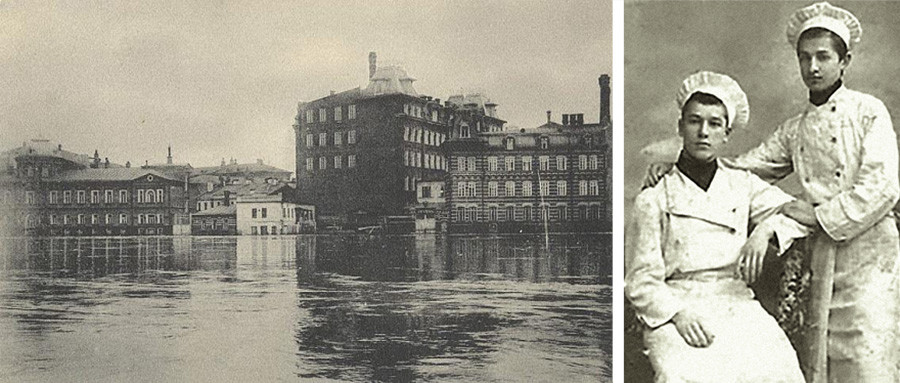
Krasny Oktyabr
The Einem factory added the ten-hour working day, offering staff with dormitories that had clean and vibrant rooms, as well as relevant eating halls. colleges were install for babies who labored at the factory, which changed into a standard follow for that era.
Salaries have been the maximum within the industry, starting at at the least 20 rubles and becoming two rubles per yr. workers who stayed with the enterprise for 25 years were awarded a silver medal and a pension comparable to their revenue. This became remarkable for that era, and the reason why many of the factory's laborers refused to take part in the innovative movement.
Charity and aiding the struggle effort
Einem clinic, 1914.
Krasny OktyabrCharity turned into regular on the factory: for every pound of cookies offered, 5 kopecks in silver had been donated to charitable institutions in Moscow, as well as German schools for the terrible and orphans.
right through the first World warfare, Einem made enormous donations for the benefit of those fighting, and arranged a clinic for wounded troopers, as well as despatched its chocolate to the front traces.
The manufacturing unit did everything viable to aid address the crises that the country found itself in after the delivery of the conflict.
a new life after the 1917 revolutionwhile the Einem manufacturing facility turned into nationalized after the Russian 1917 revolution, and was given the new identify of Krasny Oktyabr (purple October, which glorifies the month of the revolution), the manufacturing unit become already so noted that for years afterwards it needed to add "former Einem" to its advertisements.
other than the various successful organisations that had been ruined with the aid of the upheavals of the revolution, Einem, in the type of Krasny Oktyabr, turned into like a phoenix rising from the ashes, and endured its construction, beating out statistics set throughout the Imperial period.

"I devour cookies from the red October manufacturing facility, the former Einem". textual content with the aid of Vladimir Mayakovsky.
Archive photoall the way through the 2nd World conflict, the manufacturing unit concentrated its energy on the creation of goods for the entrance, and it made sweets for pilots and troopers that had special constituents and nutrients with a view to hold those guys strong and wide awake for lots longer intervals of time.
After the fall down of the Soviet Union, the manufacturing unit became privatized and become merged right into a maintaining that contains its long-time period opponents, similar to Babaevsky and rot front chocolate and confectionary factories. these days, the manufacturing unit continues to provide the famous chocolate that's strongly linked with Russia's heritage.
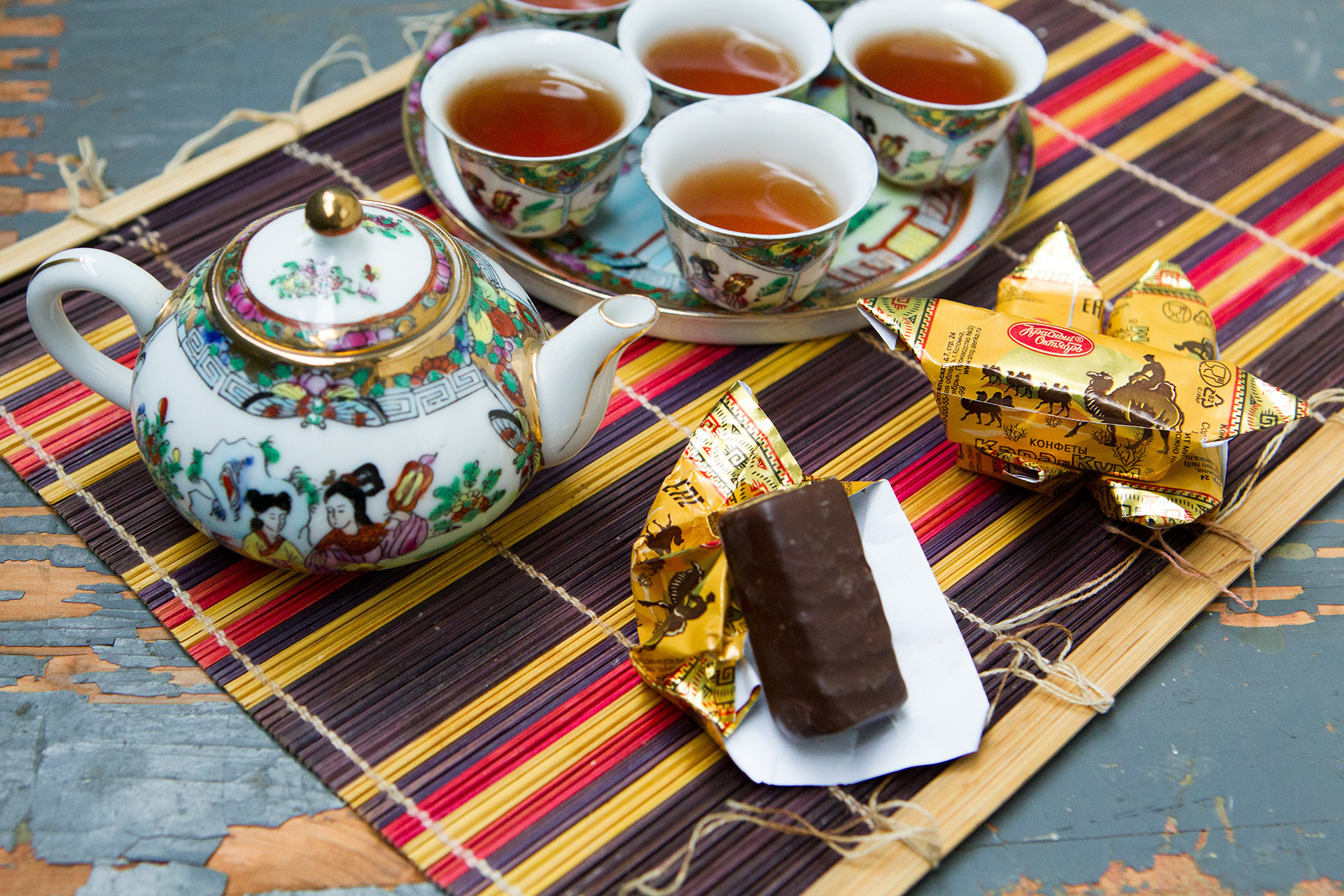
Asya Cho
eternal brandingThe factory managed to maintain the nice of its goods both before and after the revolution, and it created chocolates which are inextricably linked to Russian lifestyle and mentality.
Alyonka is an excellent memento to deliver from Russia, and this chocolate is illustrated with an exquisite little woman in a traditional Russian scarf. How turned into it created? one of the crucial artists working for the manufacturing unit decided to depict his lovely little daughter in 1965. Her photo still remains the smartly-identified brand of the manufacturing facility and the Russian chocolate industry as an entire.
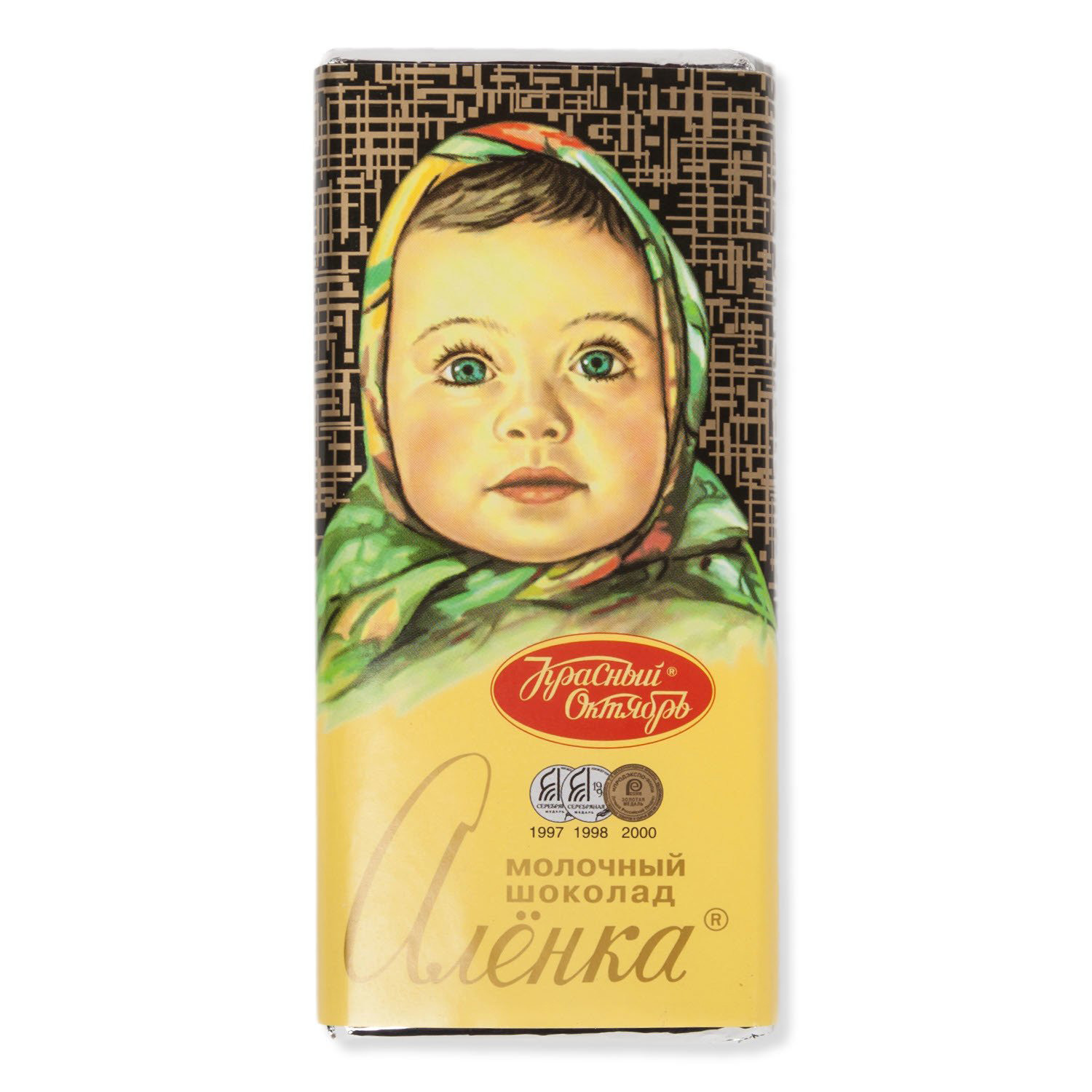
Archive picture
Mishka Kosolapy (a child endure) is the factory's oldest sweet and nonetheless produced these days. It become embellished with the famous Ivan Shishkin portray, Morning in a pine wooded area, quickly after the long-lasting artwork turned into bought via Pavel Tretyakov for his assortment. This chocolate is one of the ideal childhood memories for every Russian, because we regularly get them with our New yr's gifts.
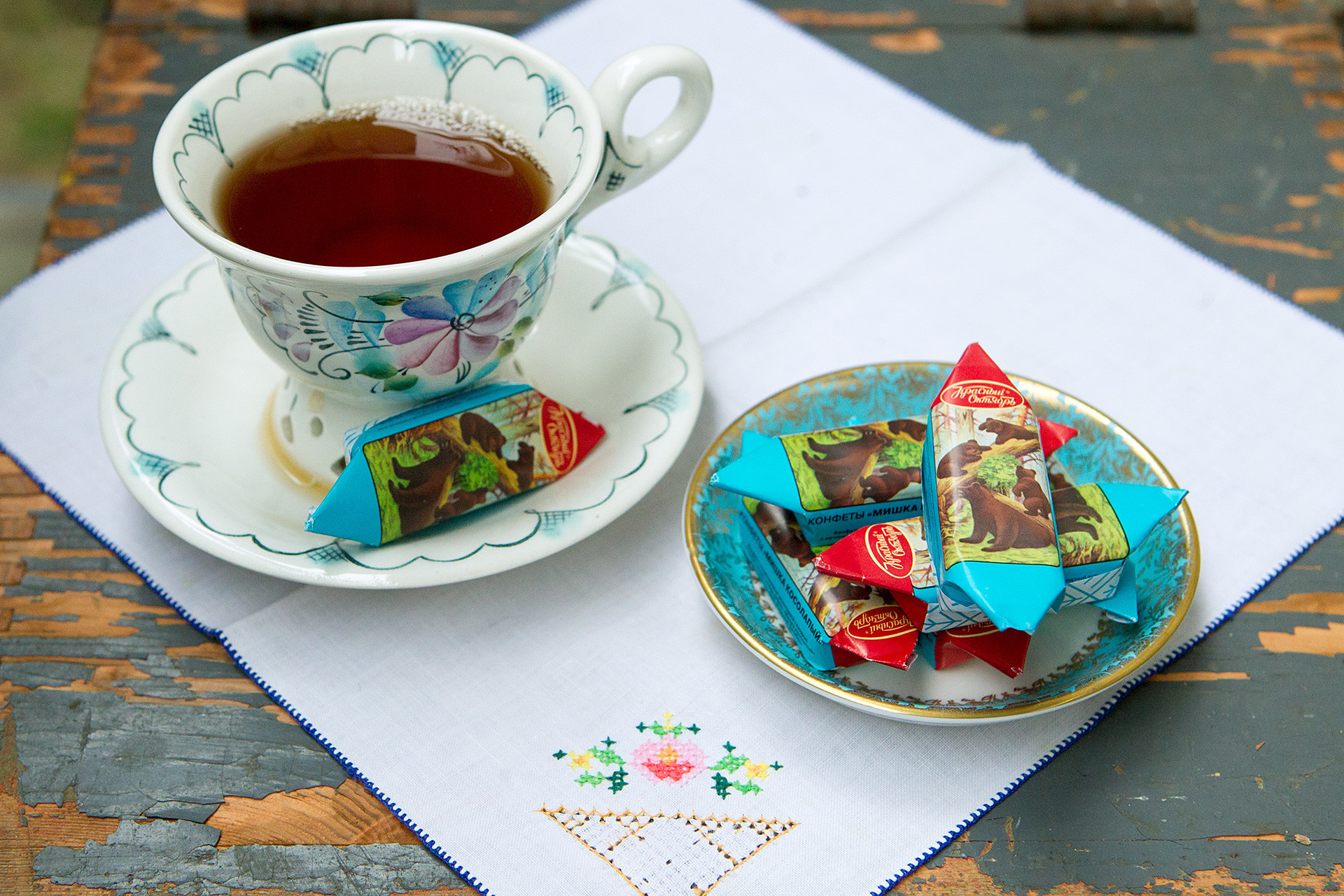
Asya Cho
Dozens and dozens of names of a number of candies have survived through the years: Little crimson riding Hood, Crayfish Necks, Golden Key, Kara-Kum, Kis-Kis and so forth. the sort of prosperous historical past and tradition would really no longer were possible with out the imaginitive advertising strategy and creativity that the factory utilized at its delivery a hundred and seventy years in the past.
If the use of any of Russia past's content, partly or in full, always provide an active hyperlink to the long-established material.
No comments:
Post a Comment